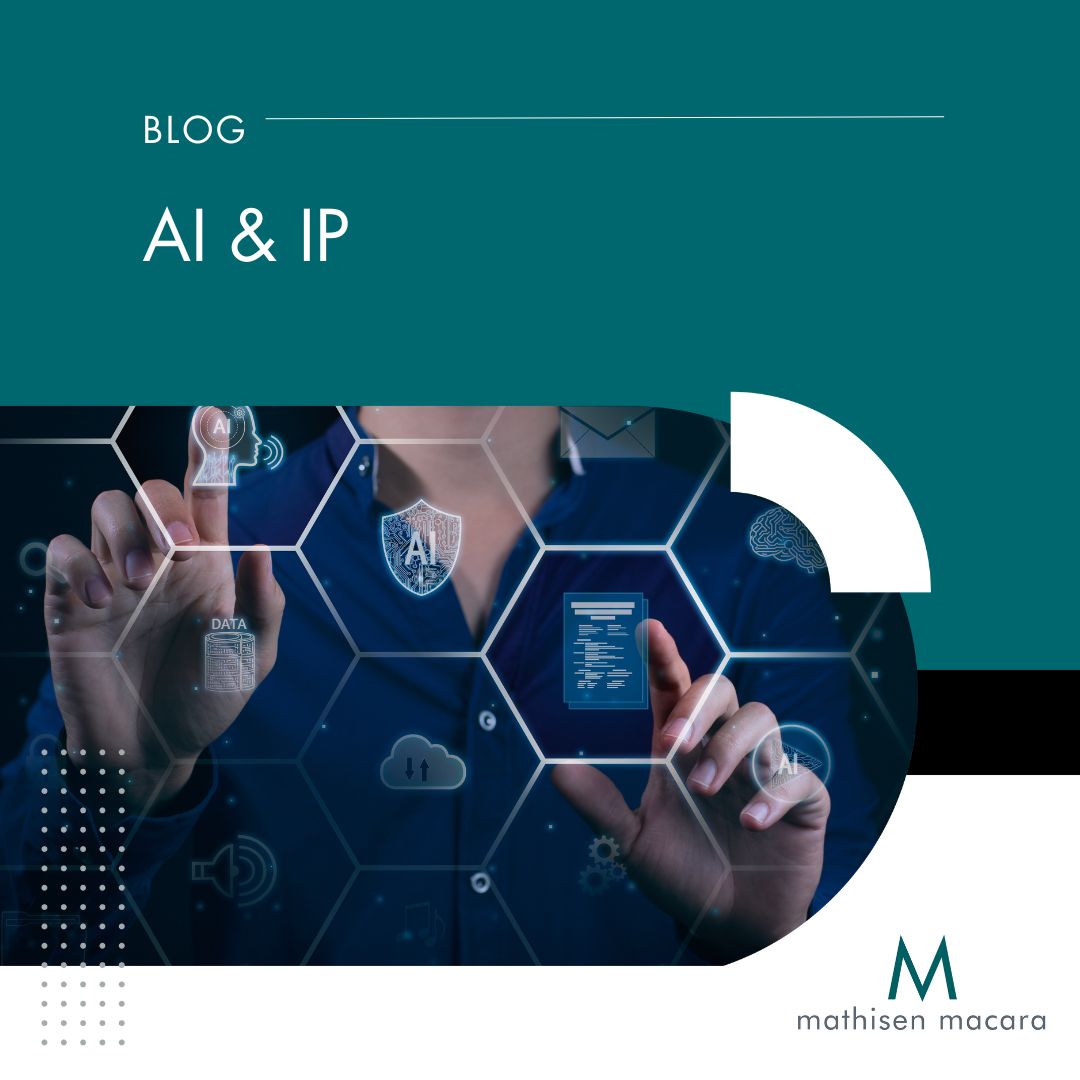AI and IP
AI and IP
There has been plenty of discussion recently about the rise in artificial intelligence (AI) and, if, when and how it can be used by the Intellectual Property (IP) profession.
AI has been around for a while in the form of machine learning, which analyses large sets of data to generate insightful information, and has the ability to “learn” from the data.
Many patent office’s around the world already use AI search engines, which use machine learning, to aid in the generation of prior art patent searches. Machine learning is also used by many patent offices, in the form of computer generated translation software (i.e., Google translate), which is then considered by Examiners when generating examination reports.
AI also currently used to generate trade mark search reports, so the use of AI in intellectual property is nothing new.
However, in the last year or so, there has been an increase in the interest in using generative AI, which analyses large data sets to create new content. For example, there appear to be several platforms which purport to be able to generate patent specifications using generative AI. This author has not tested these platforms yet, but the initial reviews appear to be encouraging, with regards to generating a preliminary specification in very little time. However, clearly the platforms will not be taking our jobs yet! Although these platforms appear to be able to take input from an inventor or patent attorney and generate a document which looks like a patent specification, a detailed review is still required.
There are also concerns as to the security of using these platforms. In order for a patent to be granted, the invention must be novel. If an invention disclosure is input into a platform which is not within a secure “intranet” type system, is the invention being disclosed? And if the generative AI suggests alternatives, is the AI then an inventor? These challenges do not seem insurmountable, so it looks as if such platforms may become a great tool to be used by attorneys in the future in order to save time and create a more efficient patent drafting process.
Generative AI could also be used to generate a “first pass” at a specification for a trade mark application. As with the patents, any trade mark specification generated would need to be reviewed in detail by an attorney. There is also discussion of using AI to generate responses to examination reports.
Advances in images recognition technology will also be of great assistance to IP professionals. Searching for logo trade marks or Design applications is currently incredibly cumbersome and has very varied results. However, this new technology has the potential to reduce the amount of time spent searching and reduce the risk of missing relevant prior art.
AI is not something to be scared of, it is not going to replace attorneys in the near future, but is a tool which can be combined with an attorneys expertise to increase efficiency. We are currently at the beginning of this evolution, but I would not be surprised if generative AI becomes common place within IP firms within the next 5-10 years.
